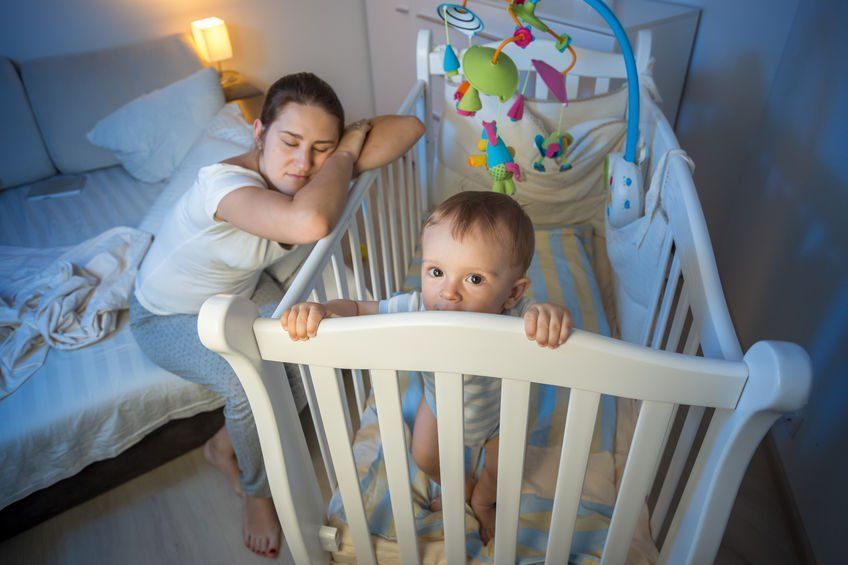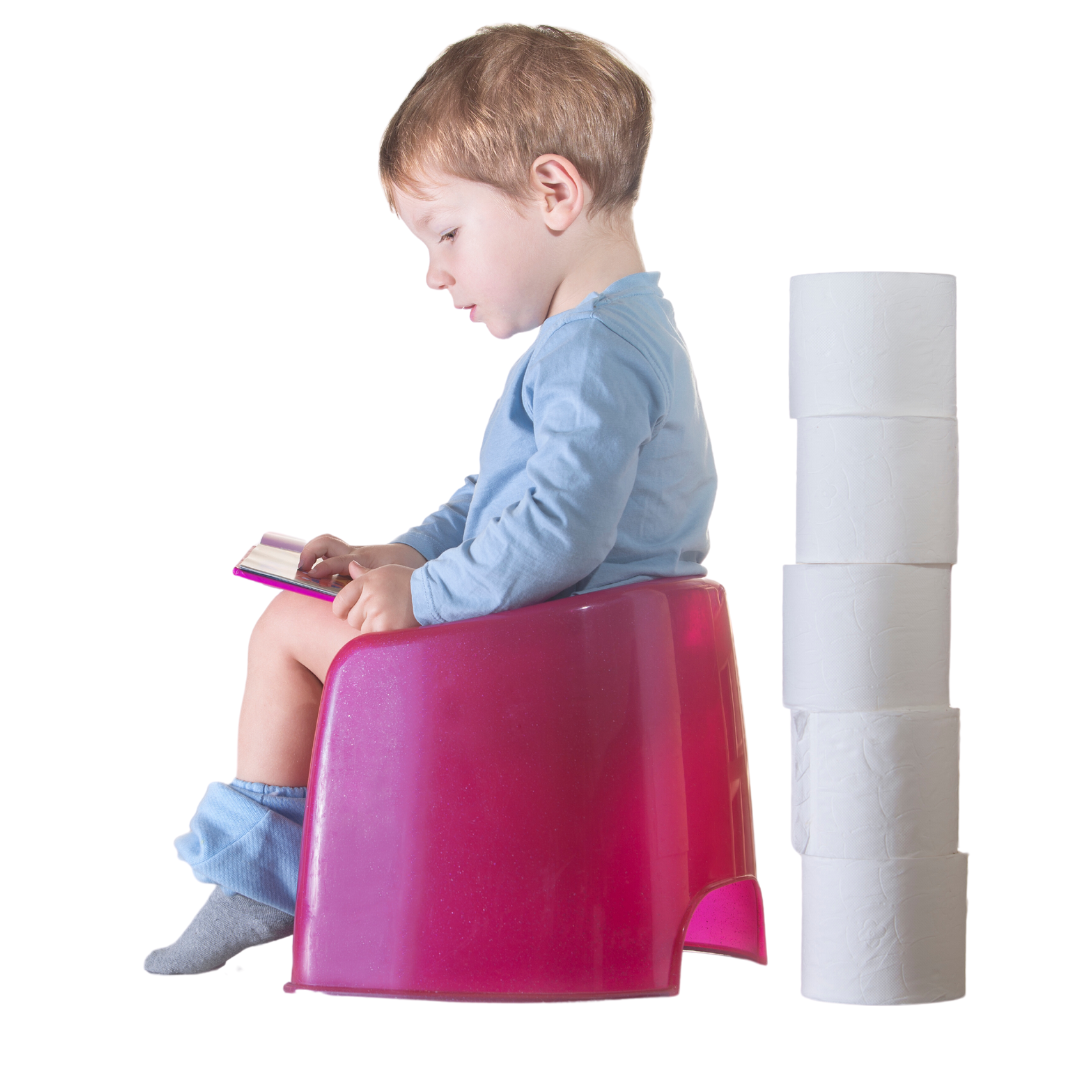Erica Desper, Bernadette Samuels and Amelia Kinsolving are moms supporting moms (and all parents) on the path to better sleep and smoother potty training, since 2010. Confident Parenting was named “Best” and "Family Favorite" resource by the Main Line Parent, Bucks County Parent and Philadelphia Family communities in 2022, their 9th and 10th and 11th accolade from parents! Meet the team here.
Hack the Crib to Bed Transition in Four Steps
There's no need to dread the bed with these four mindful steps...

Ah, the dreaded bed transition. Whether you’re terrified to take that step, because you’ve heard how poorly it can go, or unaware that it can go poorly, you’ll want to read this. We get loads of new and returning families struggling with sleep again or for the very first time when those rails disappear. Here are four things you can do to ensure the smoothest transition.
Step #1: Delay It
The freedom of a bed requires that your child understands the need to stay put and have the impulse control to act on that understanding. If you’re familiar with 2 and 3 year old people, you know that they are not known for impulse control or logical thinking so that is a big ask. For that reason, the smoothest transition often results from delaying it until your child is old enough to cope with that freedom. That age is often 3-3.5 but, for some, as early as 2.5 years of age. If you need their crib for a new baby, consider purchasing a second one or using a bassinet for the baby, for now. If they are climbing out, preventing the climb will be key. Children can often physically maneuver out of the crib before they are cognitively ready for the freedom that brings.
Step #2: Improve Crib Sleep
Coping and cooperating are hard enough for toddlers and preschoolers but doing either when they are overtired is highly unlikely. If sleep is fragmented in quality or low in quantity, addressing that in the crib before making the transition is another way you can ensure ease. If you’re unsure how to go about improving sleep quality and quantity, we can help.
Step #3: Achieve Independent Crib Sleep
We have never seen the transition to a bed solve sleep struggles but boy have we seen it create or worsen them! If your child needs your help or presence at bedtime and overnight in the crib scenario, that may look like them leaving the room and coming to find you or your bed countless times at bedtime and overnight in the bed scenario. The goal is to achieve sound and independent sleep in the crib so that is the scenario you are transferring to the freedom of a bed. If you’re unsure how to move toward independent sleep, we can help with that too.
Step #4: Plan for Boundary Testing
The main “job” of a toddler, aside from play, is to assert their independence while testing the limits and boundaries around them. It’s why they love the words “no!” and “one more!” so much. When we combine this propensity for limit testing with the freedom of a bed, we can be certain there may be at least some curiosity about what you will and won’t do in this new scenario. This often results in a child calling or coming out of the room enough times that their parent ends up lying in bed with them at bedtime and returning to do the same all night long. Unless that is something you don’t mind doing indefinitely, it isn’t something you want to rely on as a way to help your child stay put. Instead, choose and implement one of the following strategies at bedtime AND overnight until it is no longer needed:
Walk them Back: Post yourself just outside of their closed door. When they open the door to leave the room, silently return them to their bed and close the door again, remaining at your post. If silence feels too harsh, say a boring script such as “It’s time to sleep.” The goal is to bore them and prove that the only option is to stay and sleep. In theory, this will result in fewer walk backs on future nights and, eventually, none at all. For some though, this turns into a game and those kiddos will need a different approach.
Stay but Fade: If your child wants or needs you present and you don’t mind giving them that support, go for it. However, you’ll need an exit strategy to avoid getting stuck indefinitely. Take a week or so to stay until your child is asleep but get them accustomed to you offering less support and being less present each night. For example you might go from sitting beside the bed with back rubbing to sitting beside without touch, to sitting halfway to the doorway, then just inside the doorway, then just outside the doorway (door open), then closing the door so you are out of sight but close enough to offer a brief and occasional verbal reassurance if needed.
Beat them to the Punch: If you prefer to bypass that slow process, and assuming your child can cooperate, the job check approach may be the best way to support them through this transition. Explain to your child that, so long as they follow the sleep rules to stay in bed and wait quietly, you will be right back to check on them. For example, “I’m going to use the potty, then I’ll be right back to check on you.” Do come back - you aren’t trying to deceive them. Rather, you are showing them that there is no reason to get upset or come find you because you are coming back to them. Don’t redo parts of the routine such as coming all the way to the bed to tuck them in again. When you return, come to the doorway, and repeat a job that you will go do. For example, “You’re doing great. I’m going to check on your brother, then I’ll be right back to check on you.” Return very frequently at first but, on future nights, space the checks farther apart until they are falling asleep quickly and easily.
Make the Room a “Crib”: If all else fails with the approaches above, don’t panic! Your child is simply telling you that they still need a visible, physical boundary like the crib rails provided. In that case, you’ll need to give them that for a bit longer by turning their room into a “crib”. This can look as simple as the door closed with a door knob cover to prevent them from coming out or a bit more involved such as an extra tall gate installed at the door or a childproof device that clips up high on the door to prevent them from opening it all the way. Find options on our shopping page under the heading “For Little Escape Artists”. Down the road, you can leave the door unlocked and try one of the above strategies again. At some point, your child will have more impulse control and, when they do, those strategies will be more effective.
If you need support for this or any sleep transition, we can help!











